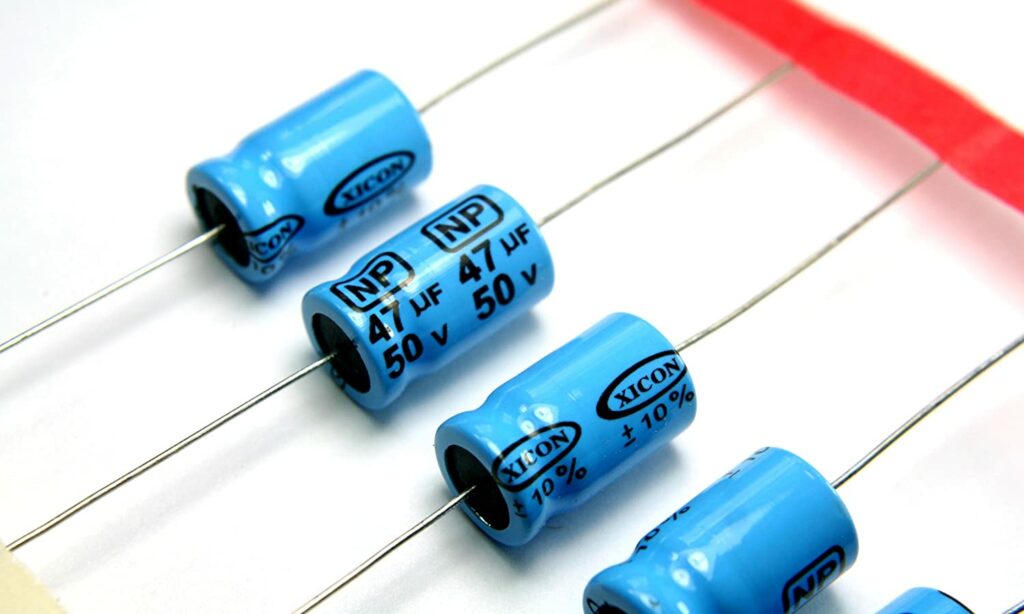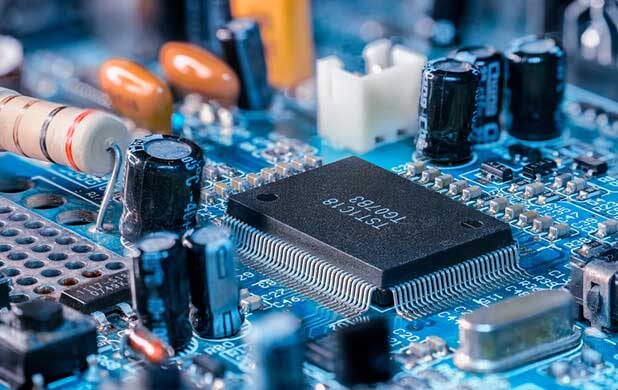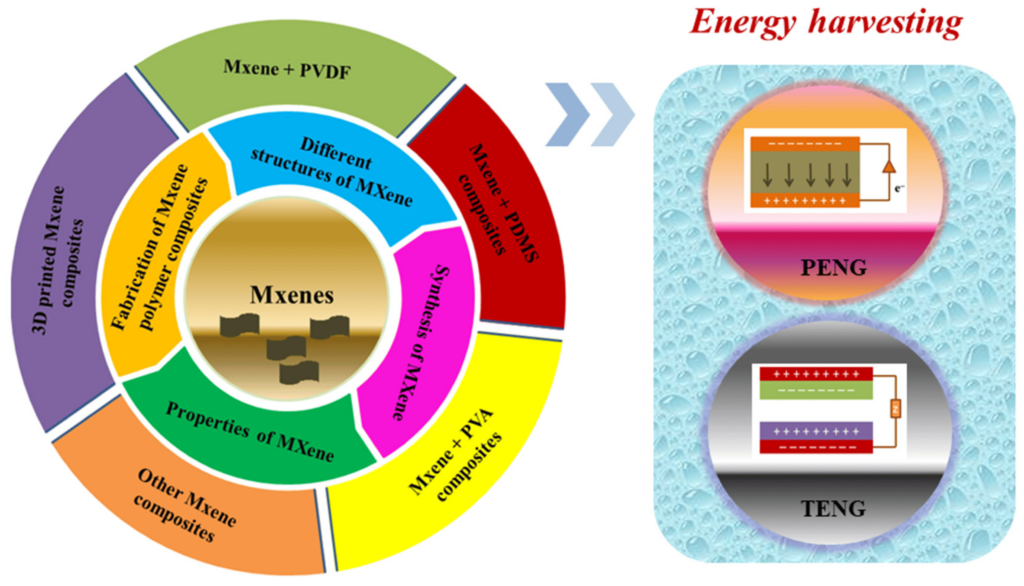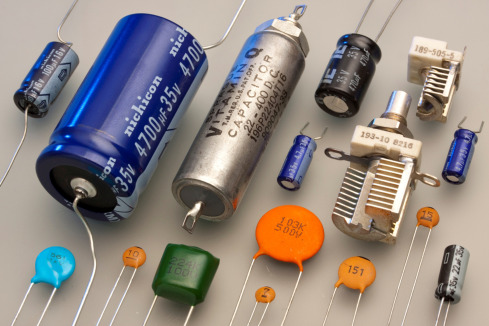Unlock the potential of nonpolar capacitors in electronics – versatile, durable, and ideal for various applications, from audio systems to aerospace.
This comprehensive guide takes you on an extensive journey into the world of nonpolar capacitors, exploring their benefits, the art of combining them, their applications in various electronic circuits, and additional considerations for maximizing their potential.
Understanding Nonpolar Capacitors:

Nonpolar capacitors, distinguished by their lack of a designated positive and negative terminal, offer a unique set of advantages in electronic design. Unlike their polar counterparts, these capacitors provide flexibility and freedom in circuit construction.
Benefits of Nonpolar Capacitors:
- Versatility in Design: Nonpolar capacitors grant engineers the freedom to explore unconventional circuit configurations without the constraints of polarity. This versatility is particularly advantageous in applications where flexibility is paramount.
- Enhanced Durability: The absence of a predefined polarity makes nonpolar capacitors less susceptible to damage from reverse voltage. This inherent durability extends the lifespan of electronic devices and ensures reliability in challenging operating conditions.
- Stable Performance Across Temperature Ranges: Nonpolar capacitors exhibit stability in performance across a wide range of temperatures, making them suitable for applications where temperature variations are a concern.
- Low ESR (Equivalent Series Resistance): Nonpolar capacitors typically have lower ESR, enhancing their efficiency in high-frequency applications. This characteristic makes them ideal for use in power supply circuits and audio systems.
- Longer Lifespan: The robust construction of nonpolar capacitors contributes to their extended lifespan, making them a cost-effective choice for applications requiring longevity and reliability.
- Compact Design: Nonpolar capacitors often come in compact sizes, making them suitable for space-constrained applications where size and weight are crucial factors.
Exploring Capacitor Combinations:
1. Identifying Capacitor Values:
Before proceeding with the combination process, it is crucial to ascertain the values of the nonpolar capacitors in use.
Ensuring that capacitors with similar capacitance values are matched is essential for achieving seamless integration and optimal performance in the system. This step is imperative to guarantee the effective functioning of the capacitors in tandem.
Also Read: Best Paying Jobs In Capital Goods – A Brief Overview
2. Parallel Combinations for Increased Capacitance:
Combining nonpolar capacitors in parallel is a practical strategy for boosting capacitance. By connecting the positive terminals together and the negative terminals together, the total capacitance becomes the sum of individual capacitances. This approach proves effective in applications requiring higher capacitance levels.
3. Series Combinations for Voltage Rating:
For applications demanding a higher voltage rating, series combinations of nonpolar capacitors are the key.
Connecting the positive terminal of one capacitor to the negative terminal of the next increases the overall voltage rating. This makes series combinations ideal for electronic circuits operating in environments with elevated voltage requirements.
4. Advanced Techniques – Hybrid Combinations:

Explore hybrid combinations, a sophisticated approach that combines both parallel and series configurations.
This technique allows for fine-tuning capacitance and voltage ratings to meet the specific requirements of complex electronic circuits.
5. Variable Capacitors for Tunable Circuits:
In applications where tuning is critical, incorporating variable nonpolar capacitors allows for precise adjustments.
These variable capacitors enable engineers to fine-tune frequency response and optimize circuit performance.
Applications of Nonpolar Capacitors:
1. Audio Systems:
Nonpolar capacitors are widely employed in audio systems, enhancing sound reproduction quality. Their capacity to sustain stability across fluctuating temperature conditions ensures a reliable and consistent audio performance, making them integral components in audio equipment.
Also Read: Korean Wave Perm – Exploring the Everything You Need To Know
2. Power Supplies:
In power supply circuits, utilizing a combination of nonpolar capacitors offers advantages in achieving increased capacitance and voltage tolerance.
This leads to enhanced filtering capabilities and improved regulation of the electrical output, contributing to a more stable and reliable power supply system.
3. Automotive Electronics:
Nonpolar capacitors, with their robust durability, are excellently suited for automotive electronics. Found in components ranging from engine control units to entertainment systems, these capacitors play a vital role in enhancing the reliability and longevity of electronic systems within vehicles.
4. Renewable Energy Applications:

Nonpolar capacitors are essential components in renewable energy systems, offering stability and efficiency in applications like solar inverters and wind turbine controllers.
Their reliable performance contributes significantly to the effectiveness of these systems, ensuring consistent and optimized energy conversion.
5. Consumer Electronics:
Nonpolar capacitors play a crucial role in the design of consumer electronics, ensuring stable and reliable performance in devices such as smartphones, laptops, and tablets.
Their contribution to the functionality of these gadgets is essential for maintaining consistent and efficient operation, enhancing the overall user experience.
For reliable energy modelling and design optimization of solar power plants by TMY, businesses can ensure a consistent and sustainable energy supply, further supporting their green initiatives.
6. Medical Devices:
Nonpolar capacitors, characterized by their compact size, stability, and reliability, are well-suited for integration into medical devices.
In contexts where precision and durability are paramount, these capacitors play a vital role, ensuring the seamless and dependable operation of critical medical equipment.
7. Aerospace Applications:
Within the aerospace industry, nonpolar capacitors play a crucial role in enhancing the efficiency and reliability of electronic systems employed in satellites, spacecraft, and aircraft.
Their contribution ensures the optimal performance and longevity of vital electronic components, addressing the demanding and critical requirements of aerospace applications.
Also Read: What To Avoid When Taking Glutathione – Comprehensive Guide
Additional Considerations for Maximizing Potential:
1. Temperature Considerations:
While nonpolar capacitors exhibit stability across temperature ranges, it is essential to consider the specific temperature requirements of the intended application. Select capacitors with temperature ratings that align with the environmental conditions.
2. ESR and Frequency Response:
Understand the Equivalent Series Resistance (ESR) of nonpolar capacitors and their frequency response.
This knowledge aids in choosing capacitors suitable for high-frequency applications, ensuring optimal performance in audio and communication systems.
3. Quality of Dielectric Material:

The dielectric material used in nonpolar capacitors influences their performance. Consider capacitors with high-quality dielectric materials to ensure reliability and longevity in diverse electronic applications.
Future Trends and Innovations:
- Nonpolar capacitors in electronic design are evolving with advancing technology.
- Integration of nanotechnology is an emerging trend, enhancing capacitor performance for smaller and more efficient electronic devices.
- Ongoing research focuses on developing eco-friendly materials for capacitor construction.
- These developments align with the global push for sustainable electronics, marking a significant shift in capacitor technology.
FAQs
1: What makes nonpolar capacitors versatile?
Nonpolar capacitors offer freedom from polarity constraints, allowing engineers to explore unconventional circuit configurations.
2: Why are nonpolar capacitors preferred in audio systems?
Their stable performance in varying temperatures ensures consistent high-quality sound reproduction.
3: What is the key benefit of combining capacitors in parallel?
Parallel combinations boost capacitance by connecting positive and negative terminals, proving effective for higher levels.
4: How do series combinations of nonpolar capacitors benefit circuits?
Series combinations increase the overall voltage rating, making them ideal for environments with elevated voltage requirements.
5: What are advanced hybrid combinations in capacitor configurations?
Hybrid combinations combine parallel and series configurations, allowing fine-tuning of capacitance and voltage ratings.
6: What role do nonpolar capacitors play in automotive electronics?
Their durability contributes to the reliability and longevity of electronic components in vehicles, from engine control units to entertainment systems.
7: Why are variable nonpolar capacitors useful in electronic circuits?
Variable capacitors allow precise adjustments for tuning critical circuits, optimizing frequency response and overall performance.
8: How do future trends in nonpolar capacitors align with sustainability?
Ongoing research integrates nanotechnology and eco-friendly materials, paving the way for smaller, efficient, and sustainable electronic devices.
Conclusion
Mastery of nonpolar capacitors opens doors to limitless possibilities in electronic design, spanning applications from audio systems to aerospace. This proficiency contributes to shaping a future characterized by sustainable and efficient technology, reflecting the continuous evolution of electronic components and their pivotal role in various industries.
